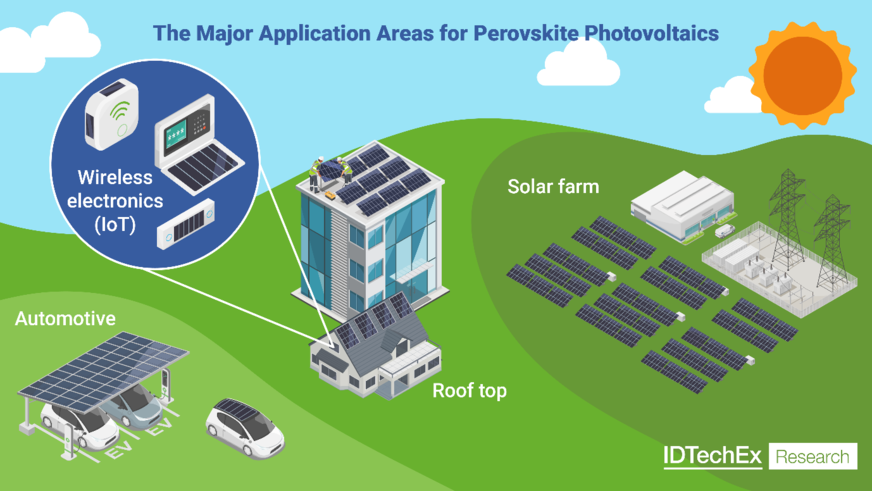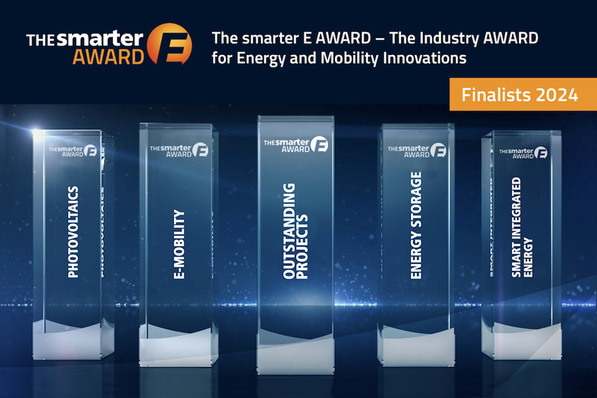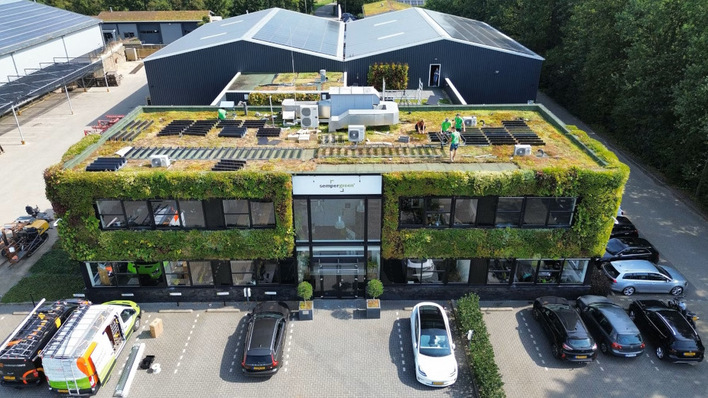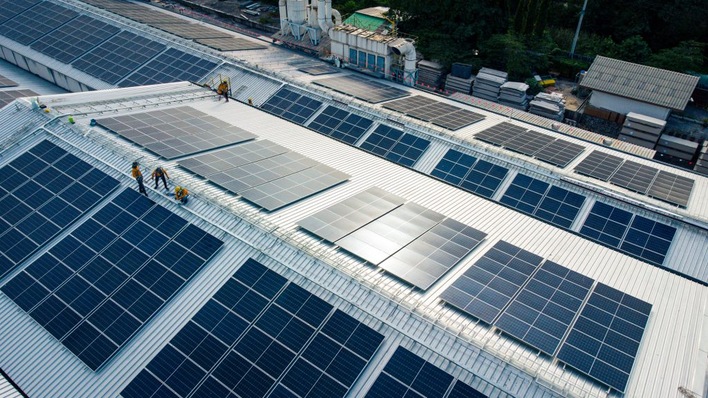The new IDTechEx report, Perovskite Photovoltaic Market 2025-2035: Technologies, Players & Trends, focuses on the growing perovskite photovoltaics market. By analysing key application areas, it forecasts that annual perovskite installations could reach nearly 85 gigawatts by 2035.
Market launch of perovskite-silicon tandem solar cells expected in the near future
Perovskite solar cells feature an active perovskite layer that can be deposited as a thin film through solution-based layer-by-layer or roll-to-roll processes. This makes them financially attractive as the processing methods are highly scalable and automated. However, experts in the industry acknowledge that considerable research is still required. Forexample, perovskites are not yet durable enough for widespread large-scale use, as they degrade significantly when exposed to moisture, air and UV light. To mitigate this, high-quality encapsulation is crucial to ensure the longevity of perovskite solar cells.
Tandem solar cells of perovskites and silicon
Perovskite solar cells are therefore increasingly seen as a cost-effective complement to conventional silicon solar cells. According to analyst Maia Benstead of IDTechEx, tandem solar cells made of perovskite and silicon will account for the largest share of the total perovskite market. “In particular, significant growth is expected in the early years,” says Benstead.

IDTecxhEx
According to the report, sales of perovskite technology alone will reach almost 12 billion US dollars by 2035. Among the notable players currently developing perovskite modules are the Polish company Saule Technologies, several Chinese companies including Microquanta and Renshine Solar, and the Japanese companies Sekisui Chemical and Panasonic.
In an effort to further improve the efficiency of conventional Si-based solar cells, researchers are exploring the integration of perovskite solar cells with silicon solar cells in a tandem architecture. These multi-junction solar cells have a much higher theoretical efficiency of around 43 per cent. In summer 2024, a record efficiency of 34.6 per cent was achieved in Longi's laboratory. Oxford PV has even started mass production of tandem modules in Brandenburg.
Thin-film perovskites interesting for wireless electronics
The market for wireless electronics, the Internet of Things (IoT), is therefore developing into an important application area for thin-film perovskites. The number of IoT devices will increase rapidly over the next ten years. Interest is growing in the wireless indoor power generation to supply these devices, such as smoke detectors, motion sensors and small electronic displays.
Perovskite: the next major solar technology?
Powering these devices with small, low-cost solar panels that last longer than batteries is a promising application. Several companies are already developing perovskite PV for small electronic devices, including Saule Technologies and Perovskia, which are currently seeking to expand their production capacity. (nhp/hcn)








